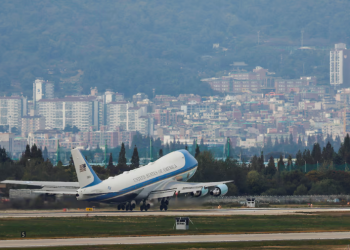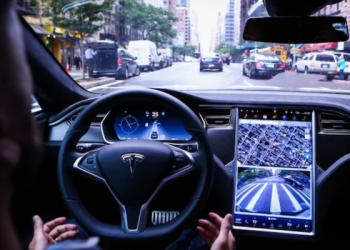When airline loyalty programs first took off, they were simple schemes akin to punch cards at local sandwich shops. Fly a certain number of times, and get a free flight. Loyalty programs were about rewarding customers for sticking with a single airline.
Fast forward to today, and these programs have evolved into multi-billion dollar industries. They are no longer just about free flights; they’re about creating financial assets. United Airlines, with its MileagePlus program, stands out as a prime example of how airlines have turned loyalty into profit.
The evolution of loyalty programs
Modern airline loyalty programs are more than just a tool to keep customers flying. Airlines now control the accrual and redemption of loyalty points, essentially creating and managing their own currency. This allows them to profit from partnerships with credit card companies, hotels, rideshare services, and more.
For example, United Airlines partners with Chase Bank, allowing customers to earn miles through their credit card purchases. United sells these miles to Chase, who then offers them to cardholders as a reward. It’s a win-win: Chase gains a competitive edge, and United earns revenue.
United Airlines’ MileagePlus: A financial asset
During the COVID-19 pandemic, United Airlines faced financial strain and needed a $5 billion loan. To secure this loan, the airline used its MileagePlus program as collateral. United estimated the program’s value at over $20 billion, as it generates $5 billion in cash annually.
This move highlights the value airlines place on their loyalty programs. In fact, United Airlines Holdings values its loyalty program almost as much as its entire airline operation. This demonstrates how integral these programs have become to airline finances.
The transformation of airline loyalty programs into financial assets showcases the innovative ways airlines have adapted to the changing market. These programs not only drive customer loyalty but also create substantial revenue streams. For airlines like United, loyalty has truly become priceless.
Read more on World’s biggest airlines by fleet size, workforce, destinations in 2024




















![Tesla [Source: Investopedia]](https://autojournal.africa/wp-content/uploads/2024/04/Tesla-Source-Investopedia-120x86.png)
